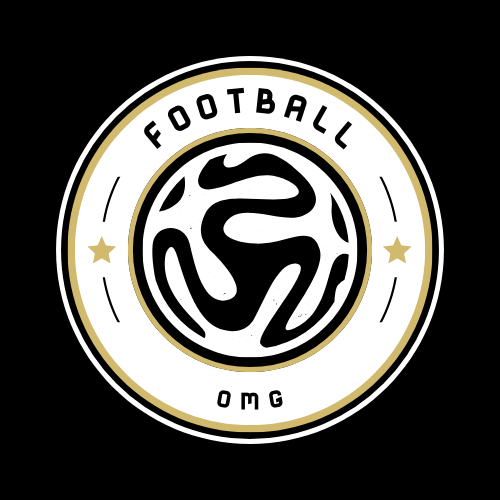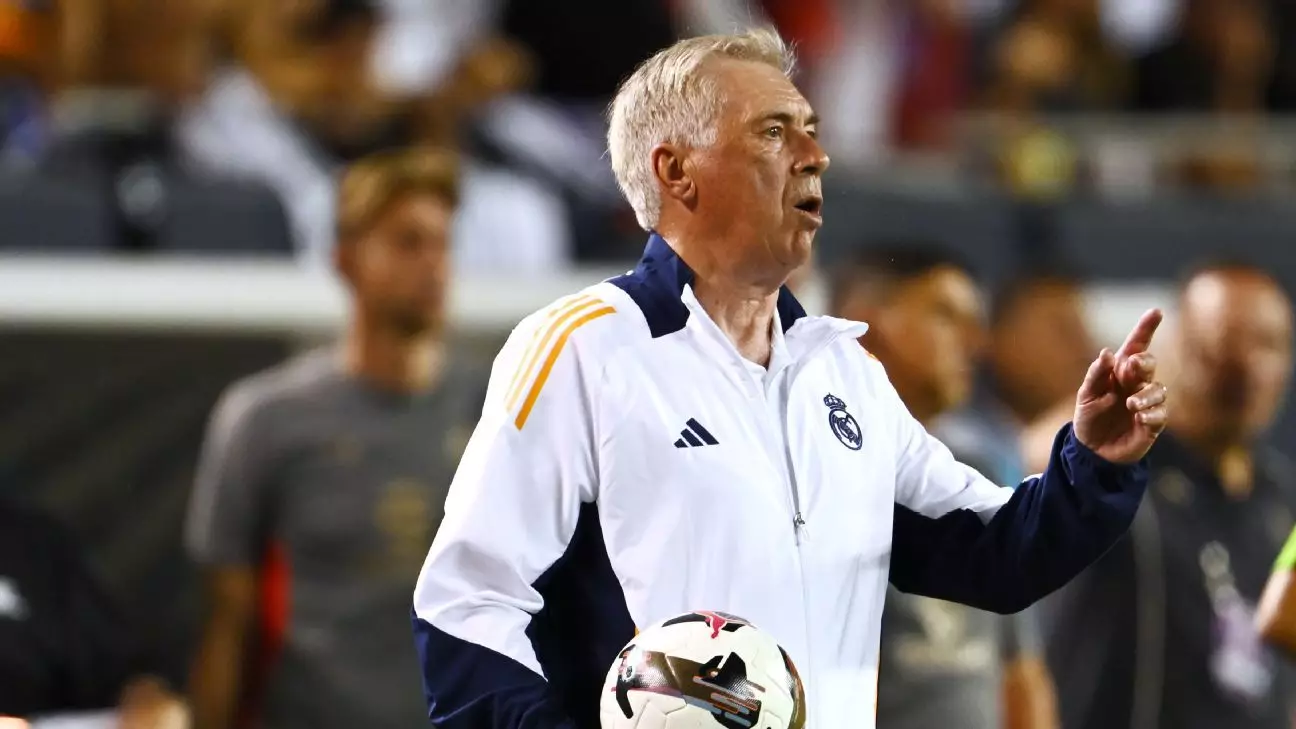The world of football has evolved rapidly over the past few years, leading to unprecedented challenges for both players and management. A significant point of debate has emerged around the ever-increasing number of matches players are expected to compete in, epitomized by Carlo Ancelotti’s reflections on the future of the sport amid concerns raised by star players. Ancelotti’s insights illuminate the pressing need for institutional reflection on player welfare, balance, and the structural changes that could benefit both the athletes and the game.
As football competitions expand, particularly with the introduction of a revamped Champions League and Club World Cup, players find themselves at risk of burnout due to a daunting schedule of up to 85 matches in a single season. The tactical implications are evident: more matches mean a higher likelihood of injuries. Ancelotti has asserted that the priority should be to reduce the number of matches, thereby minimizing injury risks, which has prompted discussions about salary cuts as a potential trade-off to alleviate the physical burden on players. This notion of monetary sacrifice for the sake of health underscores a troubling paradox in professional sports.
Top-tier athletes are often seen as invincible, yet the toll of the game is decidedly tangible. The grievances voiced by Manchester City midfielder Rodri, warning of possible strikes due to the workload, are echoed by players from various clubs, including Real Madrid. The need for a sustainable working environment in football is essential, as without healthy players, the quality and competitiveness of the game will undoubtedly suffer. This speaks volumes about the emotional and physical well-being of athletes who are often reduced to mere statistics when injuries occur.
Carlo Ancelotti’s leadership is currently under scrutiny as he navigates the complexities of team dynamics while keeping an eye on player welfare. He acknowledges that player fatigue is a significant issue and that this season’s calendar will remain unchanged, regardless of player complaints. Ancelotti’s perspective indicates a resignation to current structures but also a hopeful outlook that future reflections will prompt changes to the sport’s fabric. The challenge lies in effectively balancing performance with physical health, which must remain a priority to prevent long-term detriments.
While some teams may fall into a rut of inconsistency, Ancelotti remains philosophical about Real Madrid’s current standing in LaLiga. The team sits third, trailing Barcelona by four points after enduring a rocky start to the season. Ancelotti emphasizes patience, asserting that peak performance typically surfaces later in the season. His focus on improvement is a characteristic of successful leadership; however, it raises concerns about the team’s immediate expectations given their demanding schedule.
Ancelotti’s tactics have not gone unnoticed; he has been questioned about shifting formations to create a more balanced approach. However, he highlights that balance is a collective effort reliant on teamwork rather than mere positional changes. His conviction that cohesion leads to performance underscores a fundamental concept: tactical flexibility must also consider players’ physical capacity to execute various strategies, especially under relentless match schedules. This conversation is critical, as the traditional 4-3-3 formation may not always fit the needs of a team worn by fatigue.
The emergence of young talent like Endrick, who has already made a significant impact, demonstrates a broader strategy where integrating youth into the first team can rejuvenate player dynamics. Ancelotti’s decision to start Endrick more often shows a commitment to give fresh legs a chance in an exhausting environment. As with Camavinga’s impending return from injury, the potential revival of roster depth may prove invaluable as the season progresses.
Ultimately, Ancelotti’s reflections open a crucial dialogue about the sport’s future. The intersection of player health, tactical innovation, and structural change calls for a reevaluation of priorities within the footballing world. To prioritize player well-being while achieving success on the field is a tightrope that requires collaboration between clubs, leagues, and players. As discussions around pay cuts and potential restructurings echo through the sport, it is the collective responsibility of all stakeholders to pave the way for a more sustainable and enjoyable game. Only then can football uphold its lofty standards without sacrificing the athletes who bring it to life.

